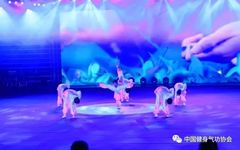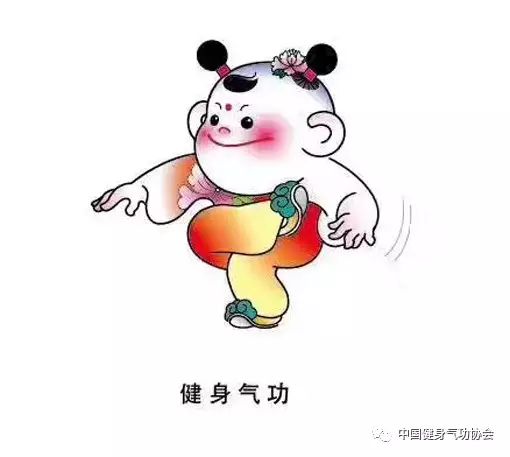
2017.08.09

Click above to follow us!

What is Daoyin Technique?
By Ou Liangshu
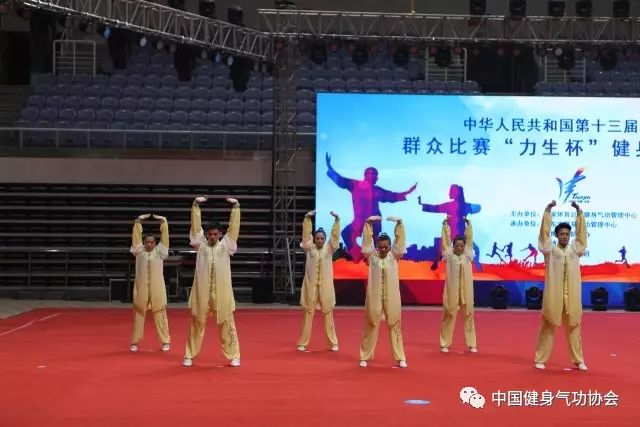
Daoyin, also known as “Daoyin Qigong”, primarily refers to the practice based on the theories of meridians, organs, qi, and blood. It involves systematic, gentle, and relaxed movements of the body, along with mental regulation, to guide the flow of qi and blood through the meridians and organs, achieving the effects of preventing and treating physical and mental diseases.
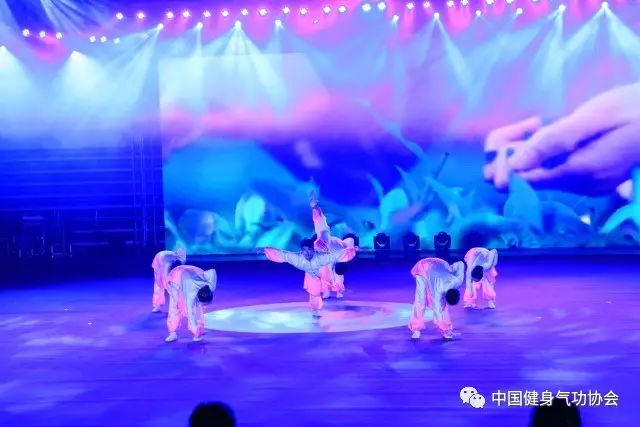
The Daoyin technique can be divided into two types: physical movement Daoyin and mental static Daoyin. The former seeks stillness through movement, while the latter seeks movement through stillness. Both types alternate between movement and stillness, integrating form and spirit, each with its strengths and mutually beneficial.
We already know that “all diseases arise from qi”; the disruption of qi flow is the fundamental cause of physical and mental illnesses. Among the methods of TCM treatment, regulating qi flow is most directly and effectively achieved through Daoyin. It does not require any tools or medications; patients can practice it independently with guidance from a physician. It can effectively treat acute physical and mental ailments and, if practiced consistently, can promote health and strengthen the body, benefiting one for a lifetime.
It is said that “medication is not as good as food supplementation, food supplementation is not as good as qi supplementation, and qi supplementation is not as good as heart supplementation.” Daoyin can stabilize the mind, mobilize original qi, and smooth the meridians. Daoism teaches that “within one’s body lies the great medicine for longevity and the elixir for life”; this great medicine and elixir refer to the original qi within the body. Therefore, whether in traditional Chinese medicine or in Buddhism, Daoism, Confucianism, and martial arts, Daoyin is regarded as one of the most precious and essential practices, differing only in names and methods.
Throughout history, many prominent TCM practitioners have been advocates and practitioners of Daoyin, the most famous being the divine physician Hua Tuo from the Eastern Han Dynasty, who created the “Five Animal Frolics” Daoyin technique over 1800 years ago. It has been widely passed down and has given rise to various schools, demonstrating miraculous effects.
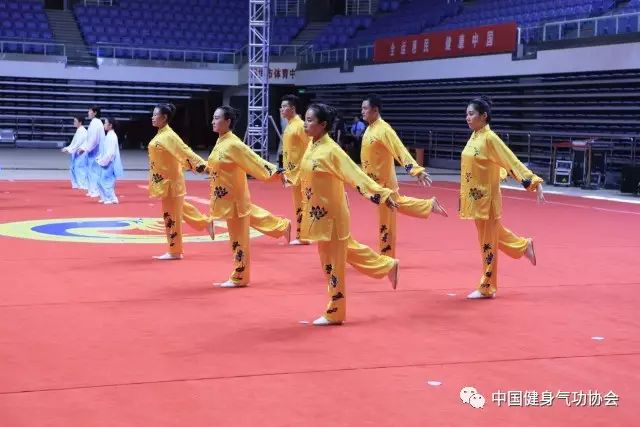
What is “Daoyin Technique”?
“Daoyin Technique” is an important component of Chinese medicine and health science, with a long history, and is a treasure of Chinese cultural heritage. The Chinese Daoyin technique has a history of over 5000 years and is primarily a health-preserving method based on physical movement, supplemented by breathing exercises, mainly used to promote qi and blood and treat diseases. For thousands of years, it has made an indelible contribution to the health and reproduction of the Chinese nation and to the brilliant ancient civilization.

Early Daoyin also included qigong and massage. After the Sui and Tang dynasties, qigong and massage gradually separated from Daoyin. Since Chinese Daoyin techniques are guided by the principles of traditional Chinese medicine for treating diseases and preserving health, and since health preservation theories are integrated with various ancient Chinese philosophical thoughts, it has formed a rich connotation and diverse methods of health preservation.
The term “Daoyin” first appeared in the “Zhuangzi” where it states: “Blowing and breathing, exhaling the old and inhaling the new; the bear stretches and the bird extends, this is for longevity. Those who practice Daoyin are the ones who cultivate their bodies, and Peng Zu, who lived long, favored this.” However, the explanations of Daoyin vary in ancient texts.
In the Sui Dynasty, Chao Yuanfang’s “Treatise on the Sources of Various Diseases” explained Daoyin as breathing exercises.
In the “Huangdi Neijing: Suwen”, Wang Bing from the Tang Dynasty annotated it, saying: “Daoyin refers to shaking the muscles and bones, moving the limbs and joints.” This interprets Daoyin as physical movement, while others believe it includes both breathing exercises and physical movements, as noted by Li Yi in the “Zhuangzi”: “Guiding qi to harmonize, leading the body qi to be soft.”
From the “Daoyin Diagram” found in the Mawangdui Han tomb, the diagram not only depicts actions imitating the “bear stretching and bird extending” but also various types of physical activities and multiple breathing exercises, along with some figures in meditative postures.
These explanations, although differing in focus, all regard Daoyin as an active means of self-regulating and self-nourishing the body and mind, which has significant positive effects on disease prevention and treatment, physical exercise, and longevity.
In summary, we can view “Daoyin” as a health-preserving practice that combines breathing exercises, physical movements, and mental activities to promote qi and blood and treat diseases.
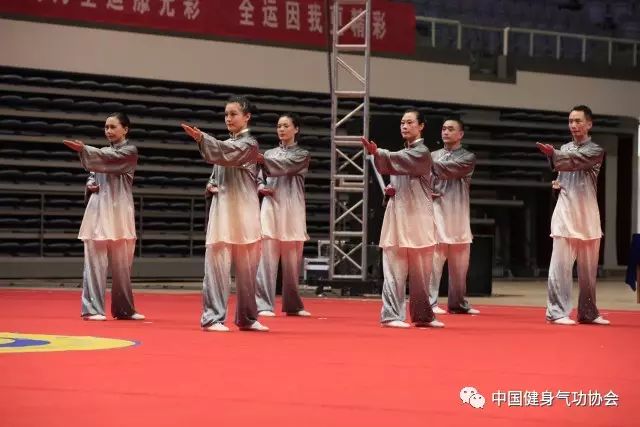

In summary, the content of Daoyin can be categorized into the following types:
1
Body movement according to specific requirements.
2
Guiding qi, coordinating breathing with physical movements to regulate the flow of qi and blood within the body.
3
Massage, or “self-massage and self-kneading”.
4
Teeth tapping, gently tapping the upper and lower teeth together.
5
Gargling, swirling saliva in the mouth and swallowing when full.
6
Meditation, “to preserve the spirit and visualize the body, closing the eyes to see one’s own eyes, and gathering the heart to see one’s own heart”. Also known as “internal vision”.
7
Intention, using intention to eliminate distractions, gather the spirit, and harmonize qi and blood, commonly referred to as “intention guarding the dantian”.

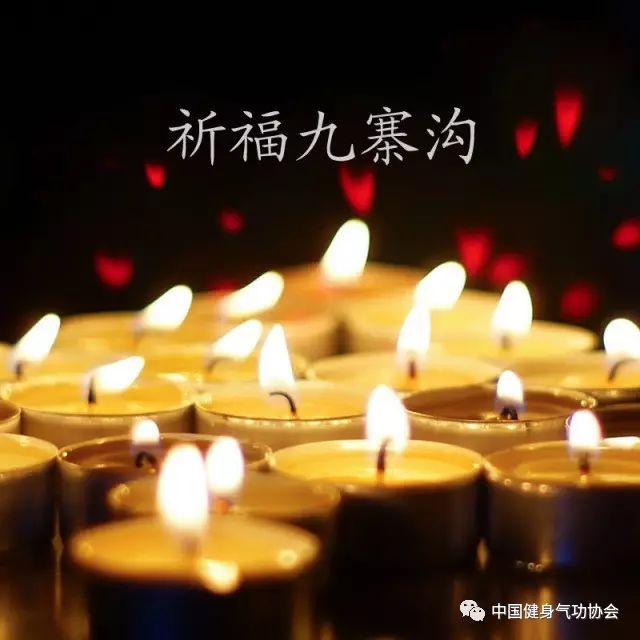
Wishing you good health!
Chinese Health Qigong Association
http://www.chqa.org.cn
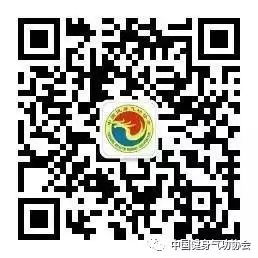
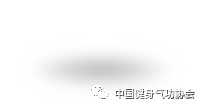
May you enjoy health every day!

